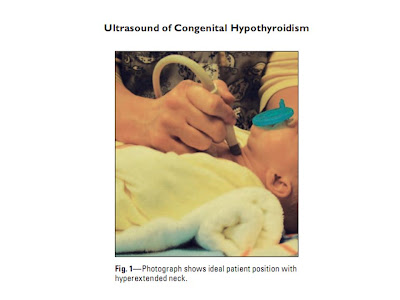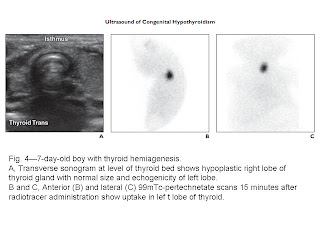@ MEDIC:
Female patient 25yo from Vinh long province had been diagnosed hepatosplenomegaly with unknown cause from 2004 in many hospitals. Ultrasound detected IVC underdiaphramatic stenosis, big caudate lobe and big spleen and liver with coase pattern due to regenerative nodules.
MDCT 64 disclosed a web into IVC and collateral circulations and hepatosplenomegaly. So it was a case of BUDD-CHIARI Syndrome due to MOVC (membraneous obtruction of inferior vena cava). The female patient remains well after an bridging operation to connect subrenal IVC to right subclavian vein.
@ BUDD-CHIARI SYNDROME [BCS]: ULTRASOUND
An enlarged caudate lobe, hepatomegaly, lack of visualization of the hepatic veins, a compressed IVC, enlarged intrahepatic collaterals, splenomegaly, and ascites are conventional sonographic findings in patients with BCS. In some instances, an enlarged caudate lobe vein ( > 3 mm) can be seen draining directly into the IVC, a spider-web appearance of hepatic veins or replacement of the hepatic vein by a fibrous, echogenic cord. Ultrasound may also show that the stenotic IVC, especially in the intrahepatic segment, is associated with an enlarged caudate lobe. In some chronic cases, large regenerative nodules that may simulate carcinoma may be present. On Doppler evaluation, patients with BCS may present with enlarged hepatic veins with no flow signal or with reversed flow. The identifcation of collateral vessels with drainage into the subcapsular or intercostal veins is a highly sensitive and specifc feature for the diagnosis of BCS.
See CDUS in Budd-Chiari Syndrome
và SIÊU ÂM BUDD-CHIARI SYNDROME









































